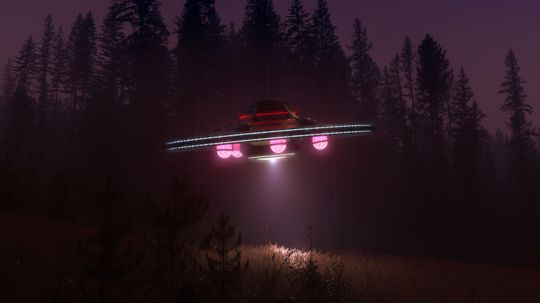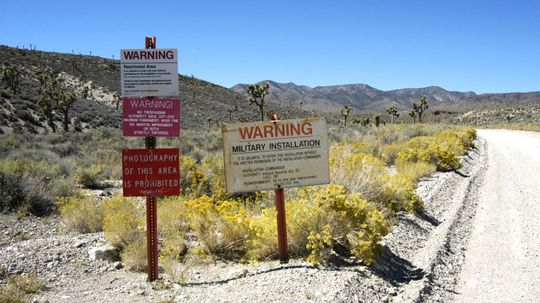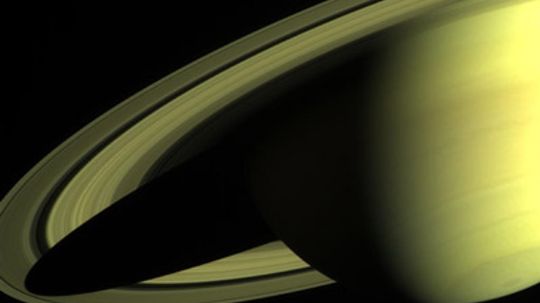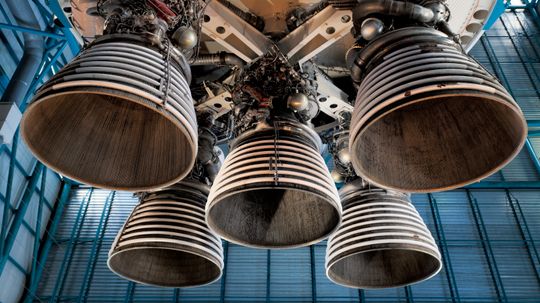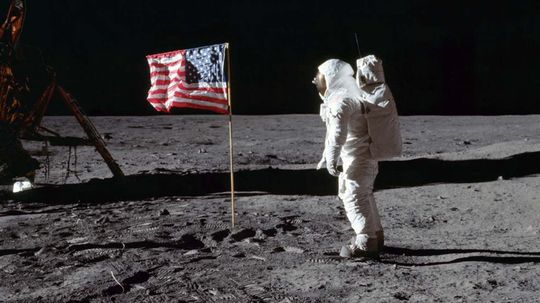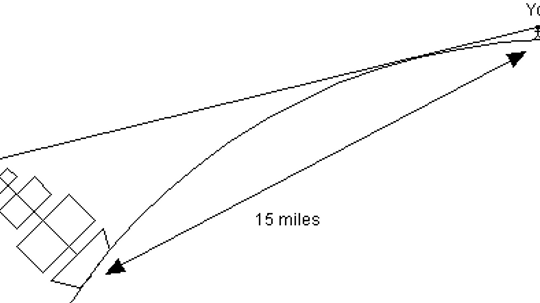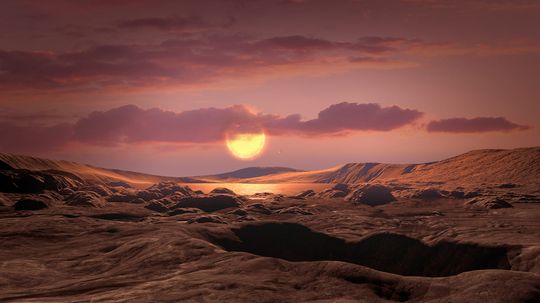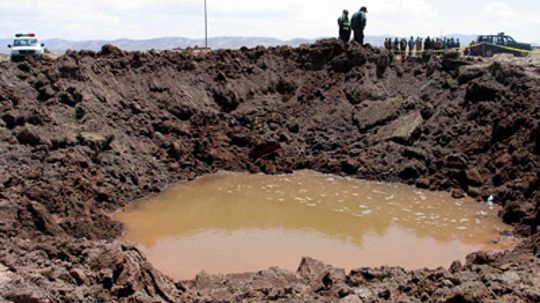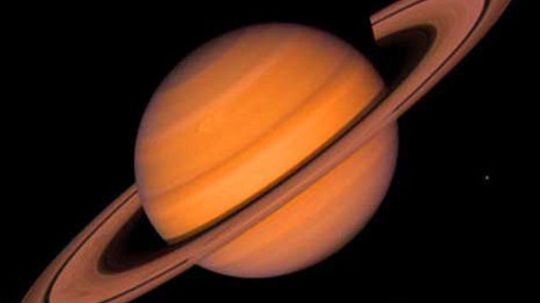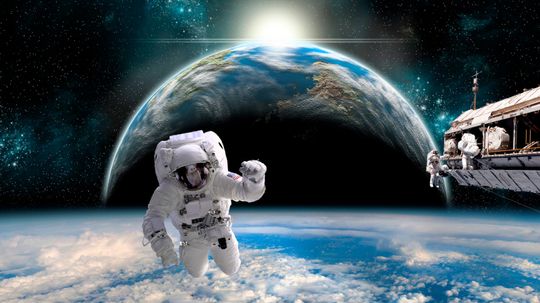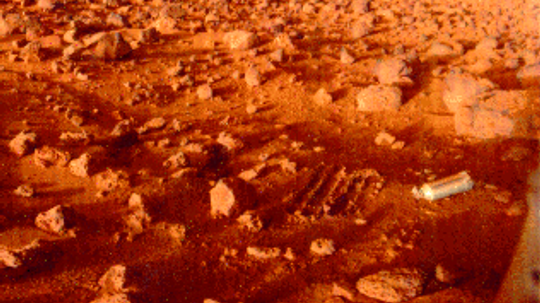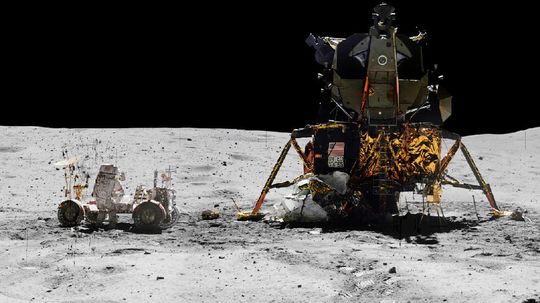Space
Explore the vast reaches of space and mankind's continuing efforts to conquer the stars, including theories such as the Big Bang, the International Space Station, plus what the future holds for space travel and exploration.

Tall Whites: The Classic Extraterrestrial Archetype

The Zoo Hypothesis: Are Aliens Watching Us Like Animals in a Zoo?
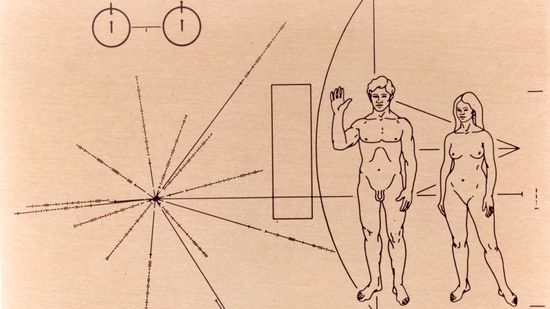
Communicating With Aliens Is Hard. Communicating With Alien AI Could Be Harder

10 Types of Stars Blazing and Collapsing in Our Universe

7 Types of Eclipses: Lunar, Solar and ... Hybrid?

Why a Geomagnetic Storm Makes for Pretty Skies and Tech Scares

What Is a White Hole? Does the Cosmic Phenomenon Exist?
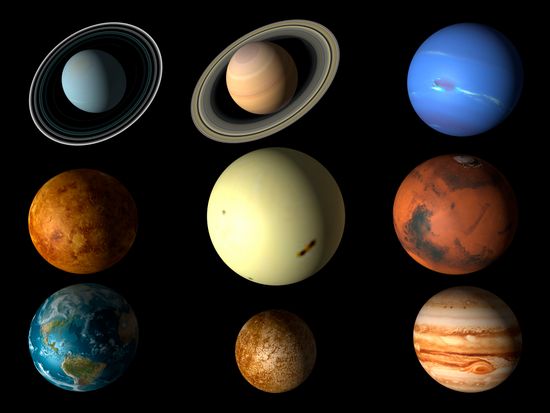
10 Best Ideas for Interplanetary Communication
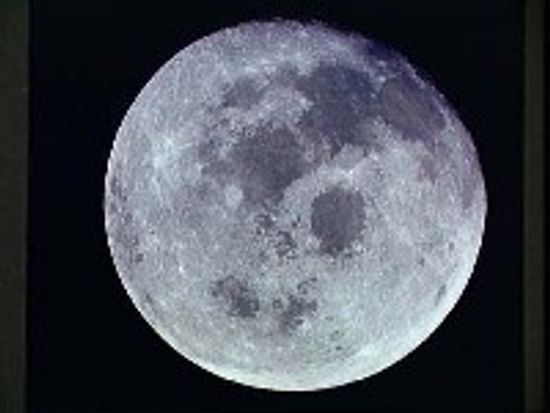
How can the moon generate electricity?

Is an Astronaut Stuck in Space a Rare Occurrence?

What Really Happened to Yuri Gagarin, the First Man in Space?
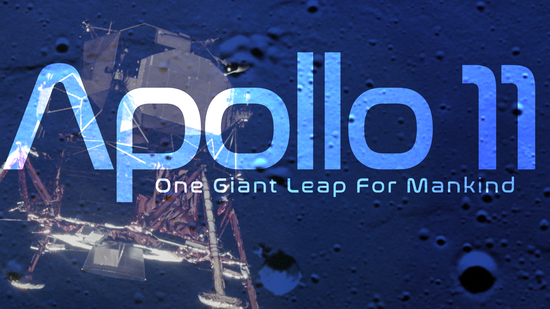
Apollo 11 One Giant Leap For Mankind
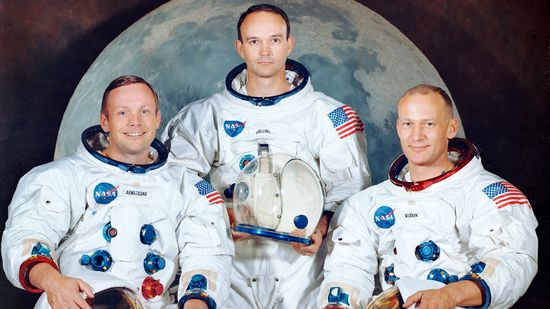
15 Famous Astronauts Who Expanded Our Universe
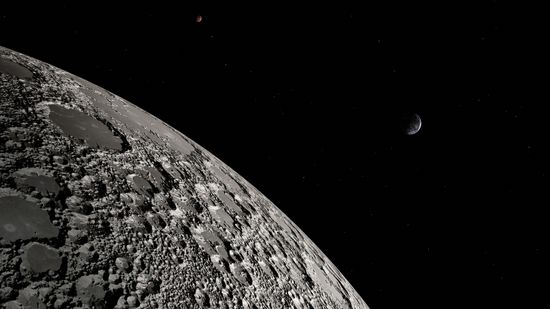
2023 India Moon Landing Was World's First at Lunar South Pole
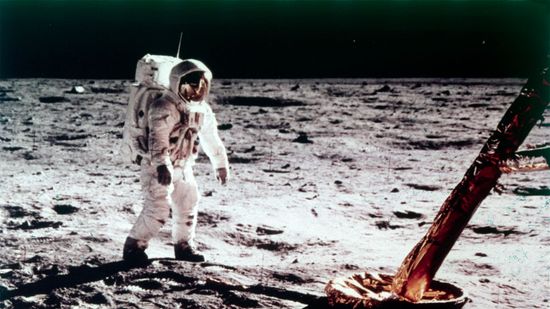
Quiz: Apollo 11, the First Moon Landing

The Fastest Fictional Spaceships

10 Fictional Spacecraft We Wish Were Real
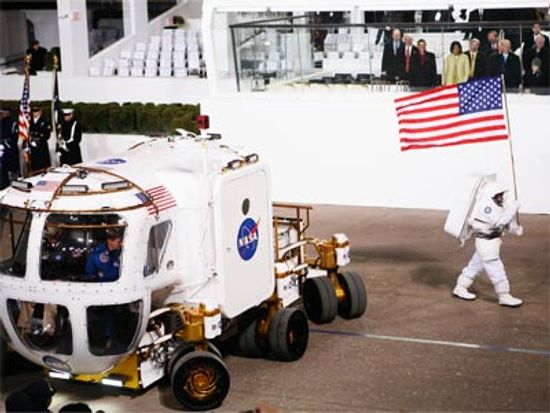
How Lunar Rovers Work
Learn More / Page 6
Does good UFO evidence exist? Can we find proof of UFOs? And if we did, would it matter? Scientists and laymen have searched for years. Read more about their hunt and how they try to solve the problem of UFO evidence.
It's safe to assume there won't be a moon colony any time soon. But it's still a tantalizing thought. But wouldn't it be cool to be able to live, vacation and work on the moon?
Pluto is relatively round and orbits the Sun. So, why doesn't it qualify as a planet?
Advertisement
When most people think of NASA, they probably think of astronauts and the Kennedy Space Center. But there's a whole lot more to this 60-year-old organization.
Less than 100 miles from Las Vegas, is the most famous secret military installation on the planet: Area 51. For decades, the U.S. government refused to acknowledge it existed. But now, the secret is out.
If the Earth is struck by calamity, will survivors find salvation in the proposed Doomsday Ark? The lunar-based vault will contain information that could help jumpstart a new civilization.
By Julia Layton
Internet king turned rocketman? After making his fortune on the Web, Elon Musk entered the commercial space race. Will this businessman and his SpaceX company make space tourism affordable?
By Jane McGrath
Advertisement
The only thing that's lurking in the shadows during a lunar eclipse is the moon. When Earth's shadow blocks sunlight from directly illuminating a full moon, you're witnessing a lunar eclipse.
If your idea of photographing the stars has nothing to do with Hollywood, you might be interested in astrophotography -- the sky's literally the limit.
Although other planets have rings, none are as spectacular as Saturn's. What makes the planet's stratified rings, and how did they get there in the first place?
Until recently, most people assumed that if Mars had liquid water, it no longer did and hadn't for quite some time. But scientists have recently noticed some anomalies in photos of Mars that may suggest there is water. Could there be life, too?
By Sarah Dowdey & Robert Lamb
Advertisement
At a drag race, I once saw a rocket car that was supposedly powered by spraying hydrogen peroxide on a silver mesh. The resultant reaction produced huge amounts of pure white smoke and apparently enough thrust to propel the car rapidly down the track. Does hydrogen peroxide really react with silver that way?
Apollo astronauts left a lot of stuff behind on the moon. Can you see any of that from Earth, even with a telescope?
By Valerie Stimac & Sascha Bos
If "nature abhors a vacuum," then why doesn't the vacuum of space suck away all of the Earth's atmosphere?
It turns out that measuring the distance to a star is an interesting problem! Astronomers have come up with two different techniques to estimate how far away any given star is.
Advertisement
In science, we are learning about the atmosphere. It protects us from meteors because it burns them up. So, why doesn't the space shuttle burn up?
Can the curvature of the Earth only be seen from outer space? If you didn't know that the Earth is a sphere, there are three common observations you could use to convince yourself that it is.
Believe it or not, the hardest part of space exploration is getting a spaceship off the ground. Explore the basics of propulsion and learn about both solid-fuel and liquid-fuel rocket engines.
The hunt for exoplanets, planets orbiting sun-like stars, is on! Thanks to new equipment, NASA has spotted thousands of them. But which ones might be able to handle life?
Advertisement
A ball of fire blazed through southern Peru and left a huge crater -- and then villagers started getting sick. Early reports said the groundwater boiled and the air filled with sulfur. What happened?
If you take cosmic dust and add plasma ... do you get life? Findings suggest that plasma crystals may be the key to one of the universe's greatest mysteries: Is there life out there?
Because an Earth-like environment is created within a spacesuit, it allows you to walk around in space in relative safety. But outer space is an extremely hostile place and could kill you if you aren't protected.
If you spent a year on Mars, you would need to take more food and water than you could possibly carry. But if you had to go, how much would be enough?
Advertisement
People around the world watched as Neil Armstrong touched the moon and declared, "That's one small step for man; one giant leap for mankind." But how did we put a man on the moon?
Spring Heeled Jack is a legendary English character. He was a mysterious a Victorian-era murderer, leaping from rooftop to rooftop, leaving a trail of tragedy in his wake. Read why some think Spring Heeled Jack may have been an alien humanoid.
